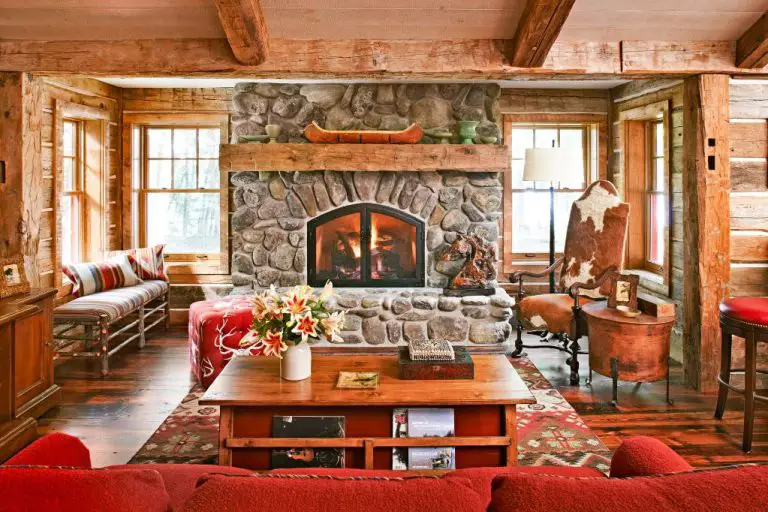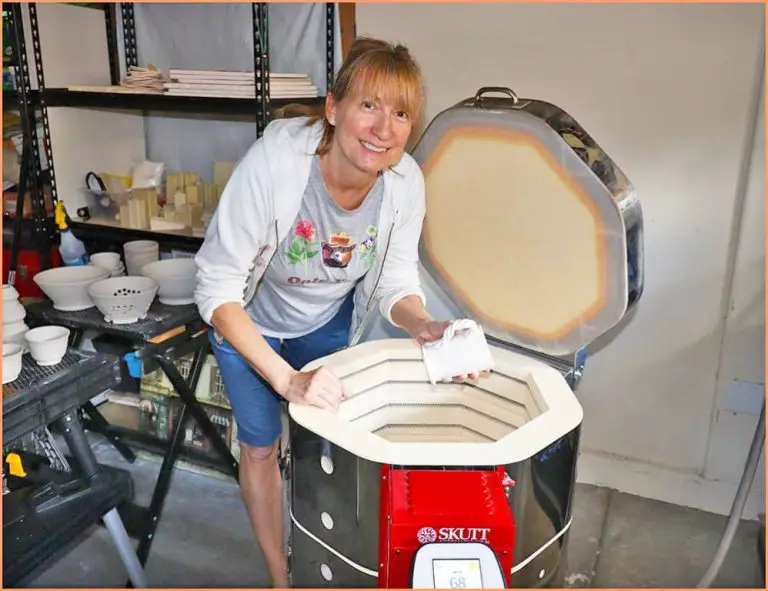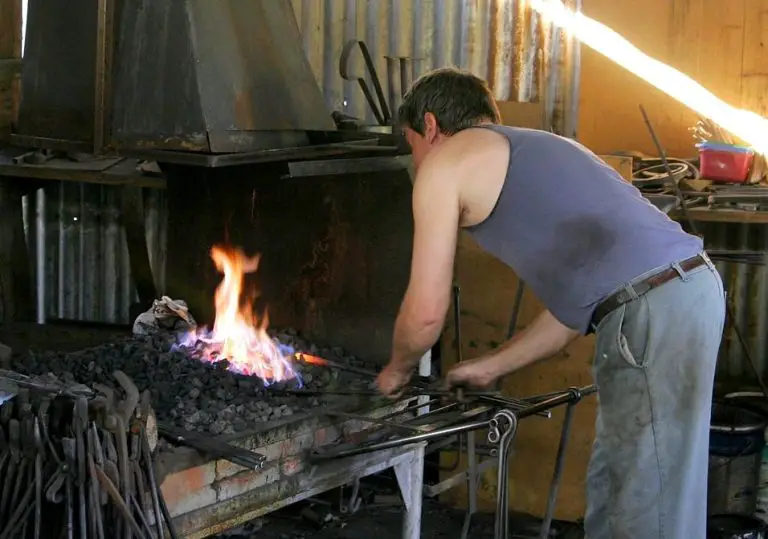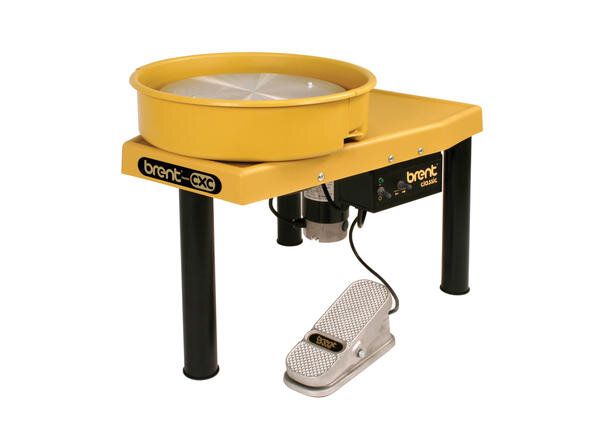What’S The Difference Between Blown Glass And Fused Glass?
Glass art is one of the oldest and most versatile art forms, dating back over 3,500 years. Two of the most popular techniques for creating glass art are blown glass and fused glass. While both use glass as the primary material, the processes and results of these two techniques are quite different. Blown glass involves inflating molten glass with a blowpipe or blowtorch to create decorative objects like vases, bowls, and more. Fused glass instead uses raw glass pieces that are arranged and fused together in a kiln. Despite their differences, blown glass and fused glass both allow artists to create stunning works of art from this dynamic medium.
In this article, we will explore the key differences between blown glass and fused glass in their history, design capabilities, textures, difficulty levels, costs, and safety considerations. Understanding the contrast between these two common glass art forms provides insight into the diverse world of glass and the range of artistic possibilities it provides.
Blown Glass
Blown glass is created by inflating molten glass into a bubble with the blowpipe. The molten glass is gathered onto the end of the blowpipe in a mass roughly the size of the intended piece. The glassblower then blows air into the pipe, inflating the molten glass like a balloon.
Glassblowing requires a variety of specialized tools. The essential tools are the blowpipe, punty, blocks, jacks, benches, and annealing ovens. The blowpipe is used to gather and blow molten glass. The punty is used to hold and shape the glass. Blocks, jacks, and benches provide surfaces for the glassblower to shape and cool the glass. Annealing ovens are used to slowly cool the glass to prevent cracking from thermal stress.
Being a skilled glassblower requires good lung capacity, breath control, and hand-eye coordination. Glassblowers need strength and stamina to work the hot, dense glass. They also need fine motor skills and symmetry to shape the glass into precise forms. Years of training are required to master the techniques.
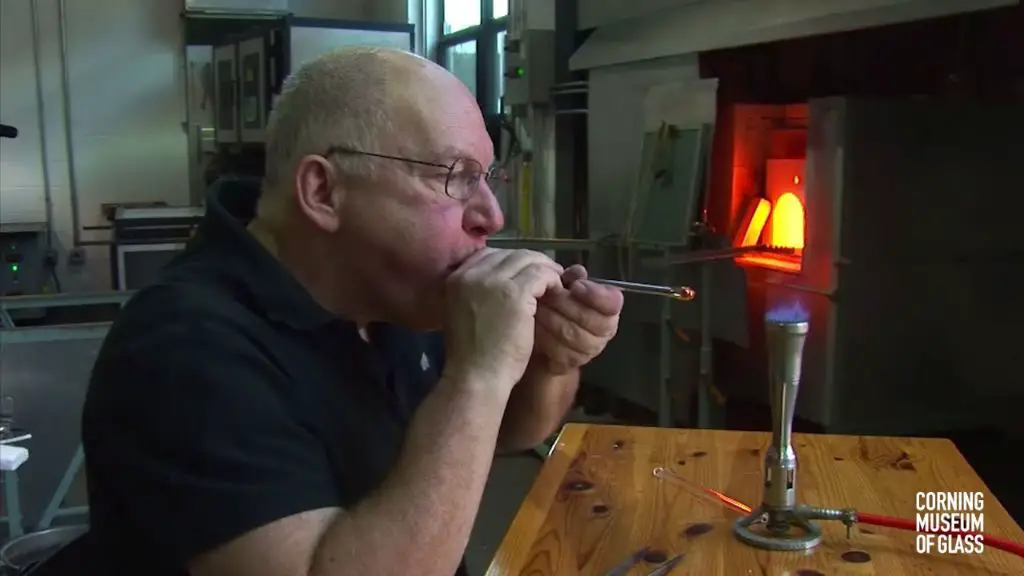
Fused Glass
Fused glass is made by arranging separate pieces of glass together in a design and then fusing them in a kiln. The fusing process softens the glass so the pieces merge together into one solid piece.(FAQ #2 – How is Fused Glass made?) The standard fusing temperature is between 1480-1525°F. The glass pieces may be colored, transparent, or opaque, allowing for many different designs and patterns.
Common tools used in fused glass include a glass cutter, grozing pliers, and a kiln. The process requires skills in glass cutting, arranging the design, loading the kiln, controlling the temperature cycle, and polishing or slumping the finished piece if desired. Proper safety equipment like kiln gloves and ventilation are also important when working with fused glass.
Design and Shape
Blown glass and fused glass differ significantly in the shapes and designs that can be achieved. Blown glass involves inflating molten glass with a blowpipe to create 3D, hollow shapes like vases, bowls, and sculptures. The glassblower can carefully control the shape by continuously blowing and rotating the pipe. Complex blown glass pieces require advanced skills to layer colors and manipulate the glass into imaginative forms like animals or abstract shapes.
In fused glass, the options for shape are more limited since pieces are flat. Fused glass artists generally work with pre-cut glass pieces which can be arranged into patterns and melted together. Typical fused glass shapes include discs, squares, and other geometric pieces as well as more intricate pre-cut shapes like leaves, hearts, stars, and more [1]. The biggest limitation with fused glass is that pieces need to be relatively two dimensional to fuse properly in the kiln. 3D fused glass shapes can be achieved by using molds, but the possibilities are fewer compared to blown glass techniques.
While blown glass offers more versatility for 3D forms, fused glass enables more freedom with flat color patterns, textures, and arranging distinct shapes. The shaped dictated by the process – blown glass yields 3D vessels, while fused glass produces 2D plates, panels, and wall hangings.
Color and Pattern
Blown glass offers endless possibilities for vivid colors and intricate patterns. Glassblowers can layer colored glass inside clear glass, twist colors together, embed millefiori canes, and more to achieve striking effects. Vibrant reds, oranges, purples, blues, greens, and other colors can be worked into blown glass pieces. Color variations emerge from differences in glass chemistry, temperature, and thicknesses.
Fused glass also provides a wide palette of colors to work with, from transparent to opaque. However, color layering in fused glass is more limited since the glass pieces are arranged flat. Common techniques include using powdered frits, stringers, dichroic glass, and more. Interesting patterns can be achieved through careful placement of different colored glass pieces. But the color complexity is lower compared to blown glass where colors can be twisted throughout.
For beautiful fused glass patterns, check out this example: https://www.anythinginstainedglass.com/fusing/unique-glass-colors.html
Texture
The textures created with blown glass vs. fused glass can differ quite a bit due to the different methods used. Blown glass starts molten hot, allowing the glassblower to shape, stretch, and twist the glass into thinner or textured forms as it cools. Fused glass begins cooler, with glass pieces arranged and then heated just enough to fuse them together.
With blown glass, glassblowers can create rippled, geometric, or hammered textures by manipulating the molten glass. They can stretch, blow, pull, twist, roll or crease the glass to get very fine detailed textures. For example, twirling the blowpipe creates a candy-cane style twist, while rolling over a heat-resistant surface makes hammered textures.
Fused glass has a more limited range of textures since the glass doesn’t become molten. The texture is created by the types of glass used and how they are arranged before fusing. Fusers combine glass types like iridized, dichroic, frits, stringers or cane to get multi-dimensional effects. They can also fuse over found objects to create imprinted textures. The surface texture tends to be smoother and more uniform compared to blown glass.
Difficulty
Blown glass requires a great deal more skill, practice, and experience to master than fused glass. Blown glassworking is an intricate process that involves gathering molten glass at the end of a blowpipe and inflating it by blowing air through the pipe. The artist must carefully control the air pressure and movements to shape the glass into the desired form. It takes extensive training and years of practice to develop the breath control, coordination, and temperature sensitivity needed to properly shape blown glass pieces.
Fused glass is much more accessible for beginners to pick up. The fusing process involves arranging pieces of glass in a design and then firing them in a small kiln. While knowledge of glass properties, compatibility, firing schedules, and techniques is beneficial, it is far less technically demanding than the breath and body control required in blowing glass. Fused glass allows for greater experimentation and forgiving learning than blown glass. Within a reasonable timeframe, fused glass beginners can grasp the basics to start producing finished works.
Mastering the nuanced techniques of blown glass requires extensive practice to coordinate breathing, movements, and glass consistency when shaping a piece. Blown glass has a steep learning curve. Fused glass is better suited for hobbyists and new glass artists looking to develop their skills with a more gradual creative journey.
Sources:
https://giving-garden.com/2021/02/13/blown-glass-vs-fused-glass/
https://www.quora.com/What-are-the-difficulties-of-blowing-glass
Cost
There are significant differences in cost between blown glass and fused glass in terms of equipment, materials, and time investment.
For blown glass, the equipment is very expensive. A basic starter kit with a torch, pipes, and other essential tools can cost over $1,000. Industrial-grade equipment is even more costly. The materials, such as the glass rods and tubes, are also quite pricey.
In comparison, fused glass equipment like a small kiln is much more affordable at a few hundred dollars. The base materials of sheet glass and frit are also cheaper than blown glass materials. So the startup costs for fused glass are far lower.
Blown glass also requires a significant time investment to gain proficiency at the technique. It can take months or years of practice to master shaping hot glass with the blowpipe. Fused glass has a much shorter learning curve for basic projects. However, both techniques take substantial practice to perfect.
Safety
Both blown glass and fused glass carry certain safety risks that need to be properly addressed and mitigated. According to the Glass Art Safety Manual, glass materials can be flammable, hazardous or toxic, so proper handling and disposal is critical.
Blown glass carries the risks of working with extremely hot molten glass, requiring protective gear like eye protection, heat-resistant gloves, and proper ventilation. There is also the risk of injury from glass blowing tools and equipment. Fused glass has the hazard of breathing in fine glass dust particles when cutting and grinding the glass. This silica dust can cause lung disease, so masks and respirators are recommended, according to American Glass Supply.
For both methods, injuries from sharp glass edges are possible, so gloves should be worn when handling. Proper training on equipment and safety procedures is advised before attempting any glass art creation.
Example Artworks
Both blown glass and fused glass allow artists to create stunning works of art. Here are some impressive examples of what can be achieved with each technique:
Blown Glass
Dale Chihuly is renowned for his vibrant blown glass sculptures and installations. His Seaforms series includes enormous blown glass pieces with swirling shapes and colors mimicking the motion of the sea. Other blown glass artworks make use of delicate thin-walled vessels, ornate vases, and abstract shapes.
Fused Glass
Fused glass lends itself well to both functional and decorative pieces. John Lewis creates fused glass bowls and platters with layered colors and textures. Dan Schwoerer fuses pieces of colored glass to make abstract wall hangings and sculptures. Lamp workers like Loren Stump take advantage of the precision of fusing to create intricate beads, pendants, and miniatures.
Both blown and fused glass allow for creativity in color, form, and texture. The final artworks showcase the unique potential of each medium.

